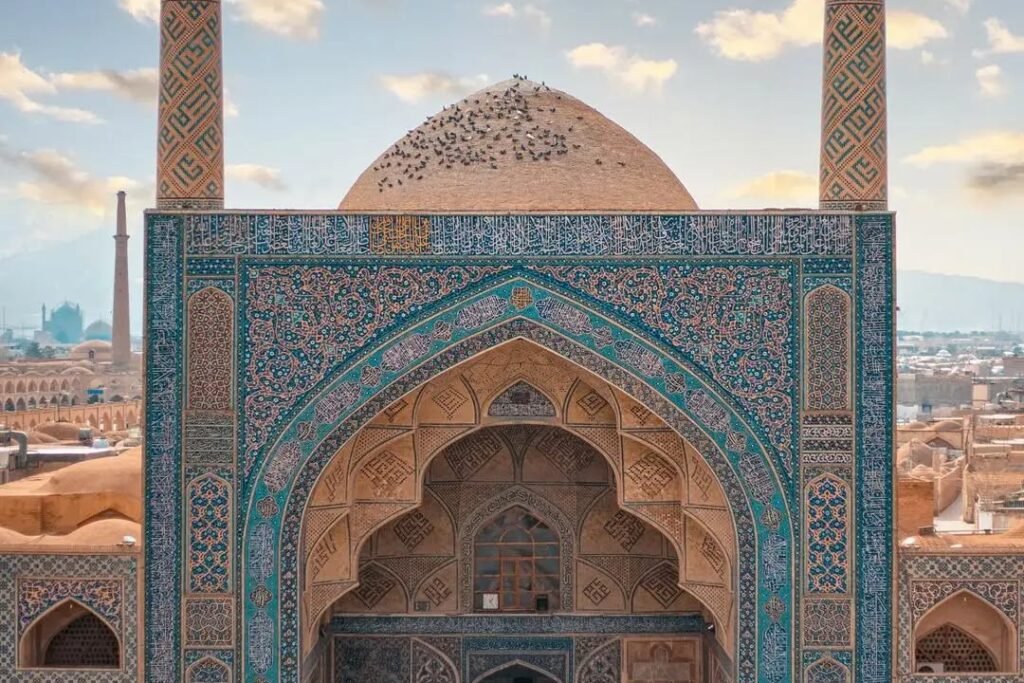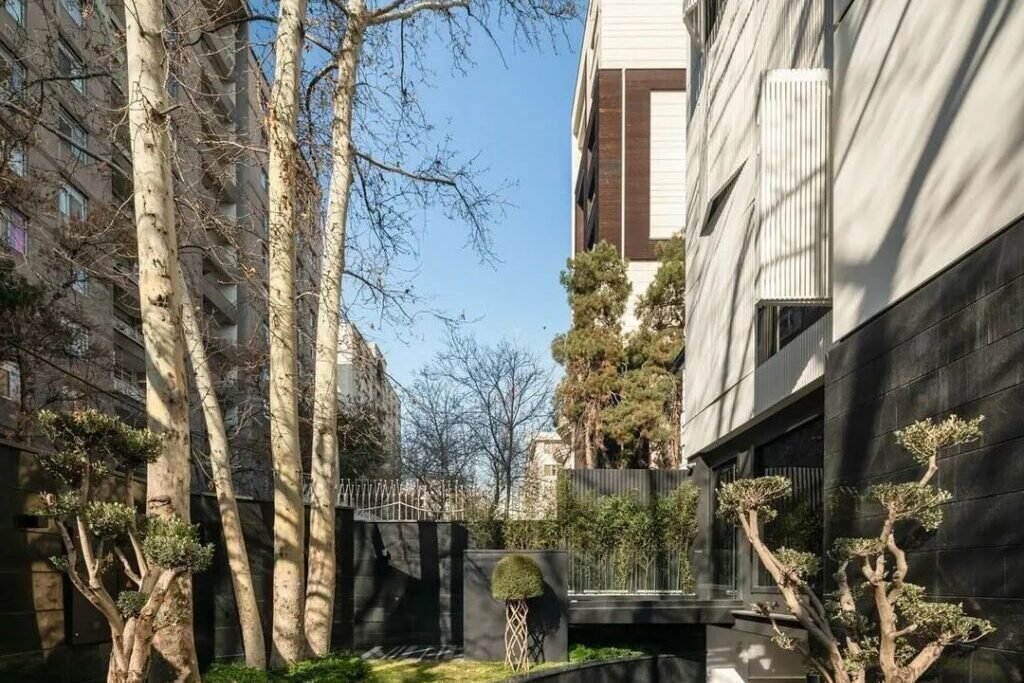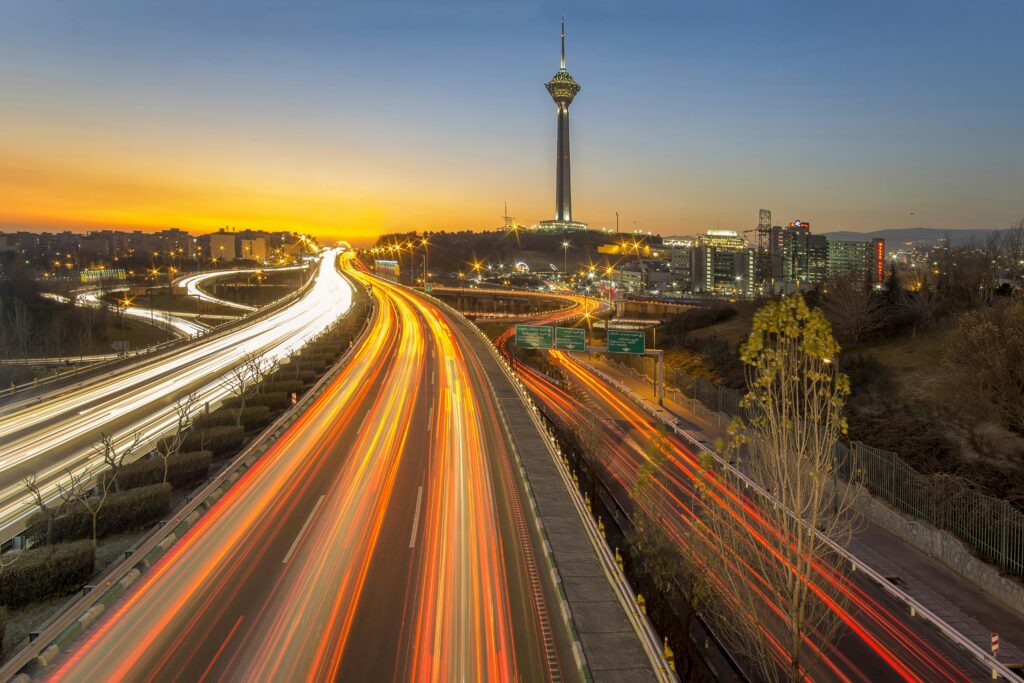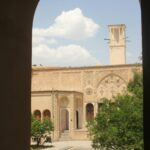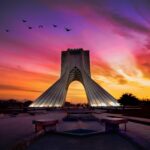Discovering Isfahan is like stepping into a city woven from the threads of history, culture, and enchantment. Situated about 300 kilometers south of Tehran, Isfahan is the crown jewel of any journey through Iran. Cradled by the gentle flow of the Zayandeh Rud River, the city dazzles with its majestic monuments, bridges that glow under the night sky, and mosques so grand they seem plucked from the pages of Aladdin.
As the third-largest city in Iran, home to more than 1.5 million inhabitants, Isfahan captures the hearts of history lovers, architecture enthusiasts, and anyone craving constant wonder. Its rich past whispers from every corner, turning a simple stroll into a walk through time. No trip to Iran feels complete without a visit to this historical treasure, affectionately known as the Rose of Iran.
Table of Contents
Discover Isfahan: Best Places To Visit
Naghsh-e Jahan Square
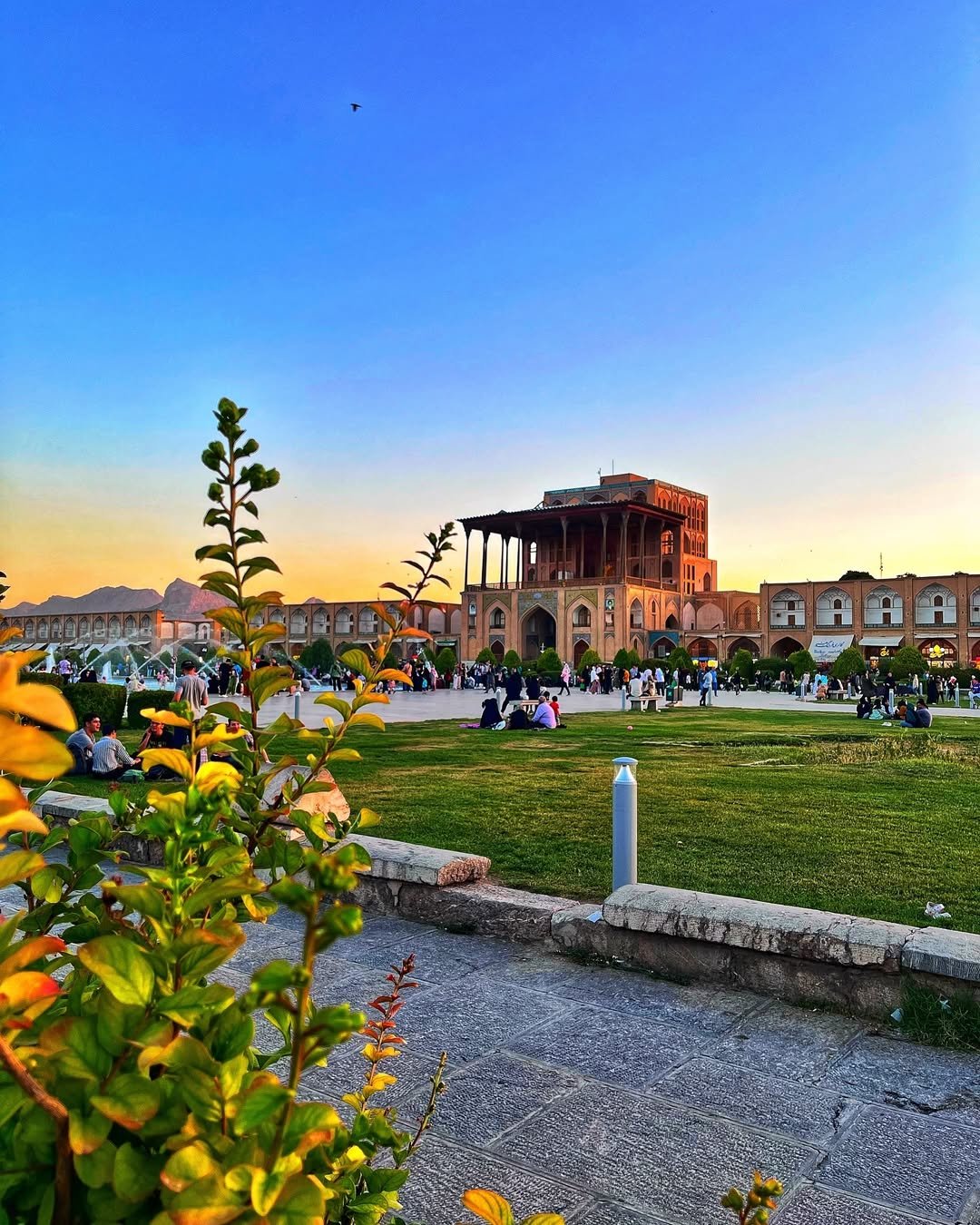
Naghsh-e Jahan Square, also known as Imam Square, is one of the largest squares in the world and holds a special place in Isfahan. Surrounded by historical landmarks that are truly worth visiting, this vast square stretches across nearly 9 hectares. The square is framed by iconic Safavid-era buildings: the grand Shah Mosque to the south, the majestic Ali Qapu Palace to the west, the elegant Sheikh Lotfallah Mosque to the east, and one of the gates of the Grand Bazaar of Isfahan to the north. It’s a peaceful spot with a few fountains, and the absence of cars makes it an oasis of calm.
📍Isfahan Province, Isfahan، میدان, Iran
Shah Mosque
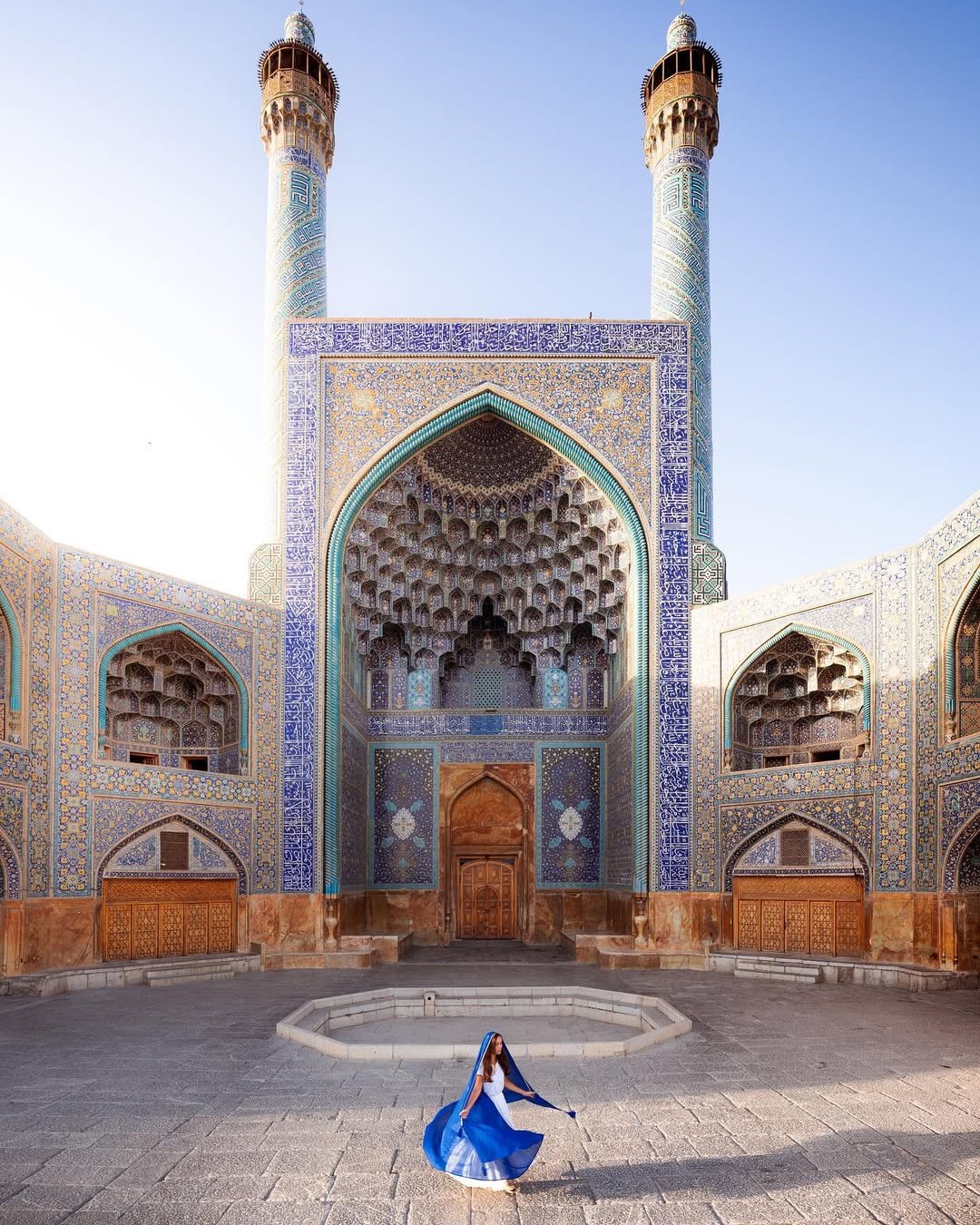
Sitting proudly on Imam Square, the Shah Mosque (now called the Imam Mosque) is a stunning masterpiece from the Safavid era. Its entrance is marked by a pishtak—a massive, arched portal that juts out from the facade. Flanked by two towering minarets and crowned with a large dome, this mosque dazzles visitors with its breathtaking colors: royal blue, sky blue, turquoise, and shimmering gold. It’s a sight you won’t forget.
📍 Isfahan Province Isfahan ضلع جنوبی, میدان, No. No, Iran
Great Mosque of Isfahan (Jame’ Mosque of Isfahan)
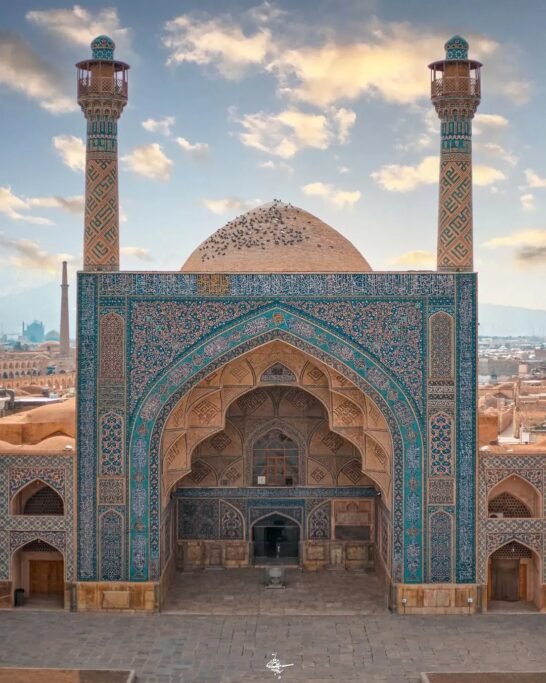
Another must-see is the Great Mosque of Isfahan, also known as the Friday Mosque or Old Mosque, distinguishing it from the Shah Mosque. Built in the 10th century and renovated multiple times, especially under the Safavids, this mosque connects to the newer parts of the city through the Grand Bazaar. Recognized as a UNESCO World Heritage Site since 2012, its interior radiates harmony. The ochre-colored halls, intricate vaults, and domes are adorned with exquisite Safavid ceramics and tiles. The mosque boasts 474 original vaults, and its walls showcase over a thousand years of artistic and historical evolution.
Vank Cathedral
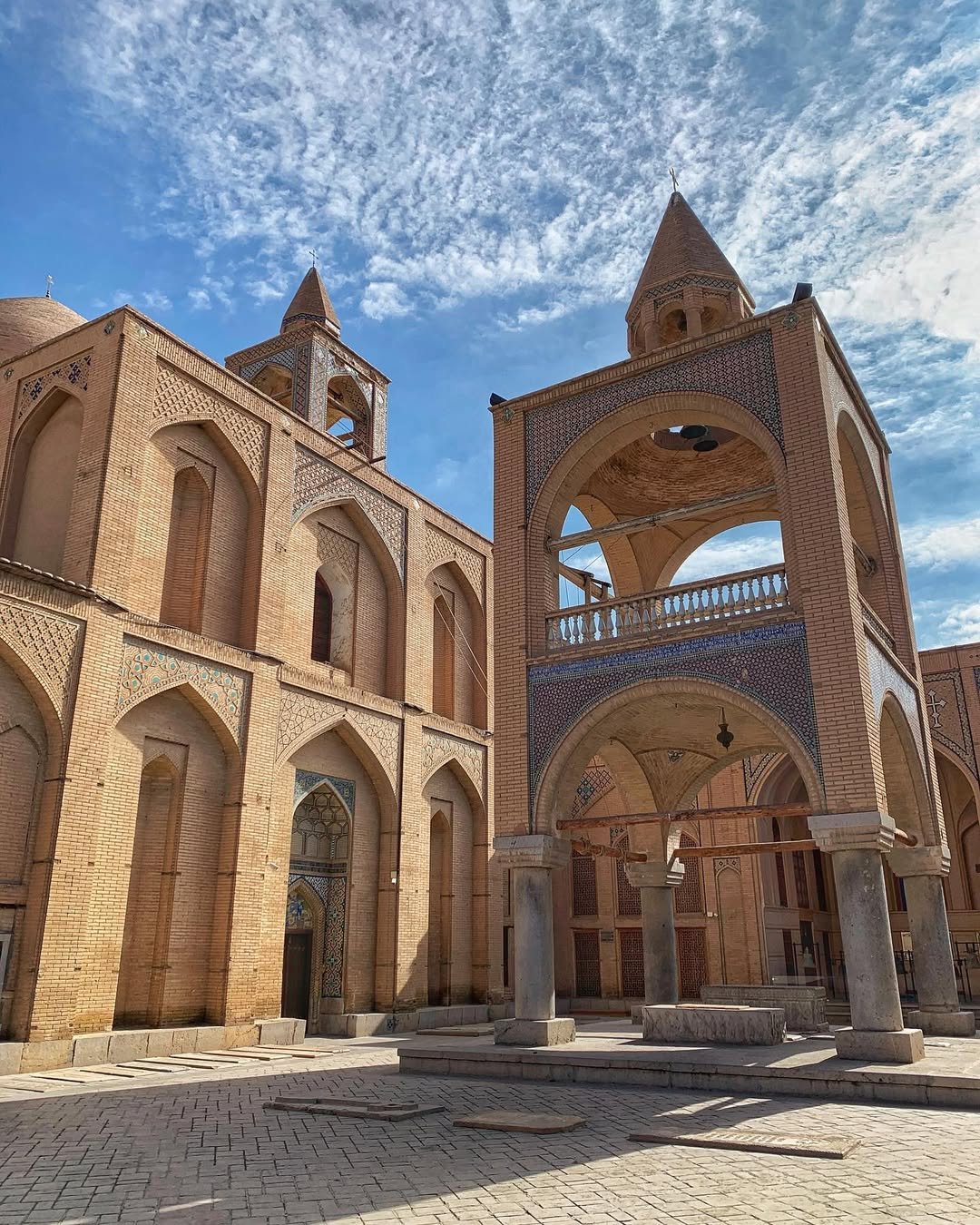
To experience another side of Isfahan, visit Vank Cathedral, also known as the Cathedral of the Savior. Nestled on the quaint Kelisâ Street in the Armenian quarter, this church is one of Iran’s most renowned. Its grand vaulted ceilings, vibrant frescoes, beautiful icons, and golden illuminations captivate every visitor.
Isfahan Souk (Grand Bazaar)
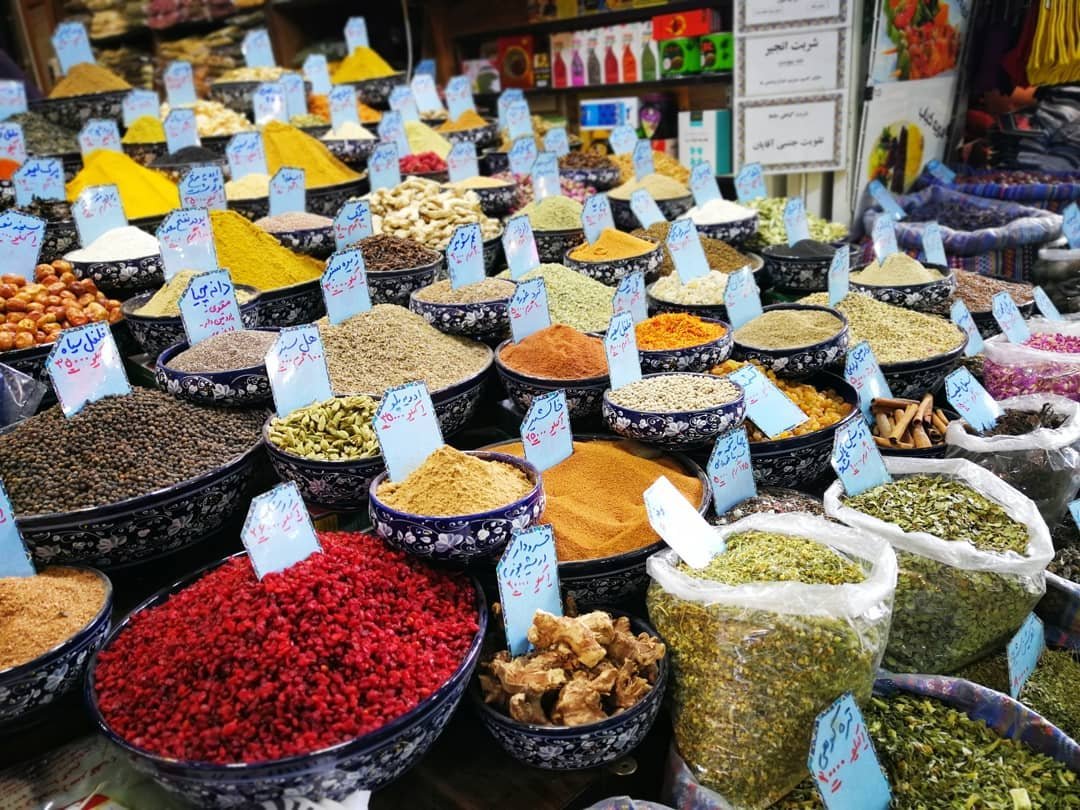
No trip to Isfahan is complete without exploring its lively bazaar. Like Tehran’s markets, Isfahan’s souk is full of life. Vendors line the alleys with stalls offering everything from traditional oriental goods to mouthwatering local treats. You’ll see mullahs navigating the bustling maze, and colorful Persian rugs and shawls hanging from the arcades. The air is filled with the scent of fresh fruits, Rafsanjan pistachios, dried figs, apricots, and saffron in abundance. It’s the perfect place to pick up a piece of Isfahan to take home.
📍Isfahan, Isfahan Province, Iran
The Bridges of Isfahan
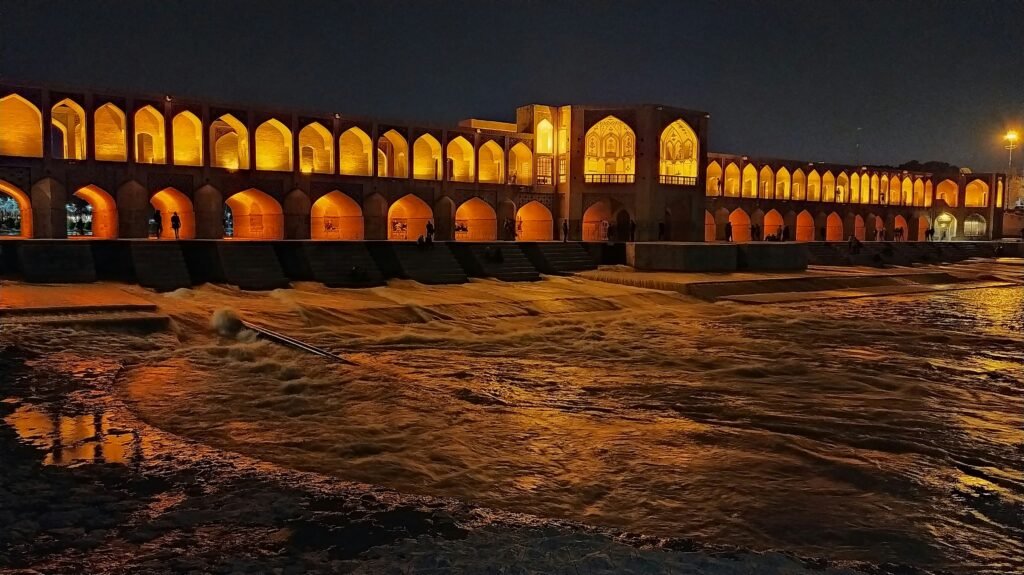
Isfahan is home to 11 spectacular bridges spanning the Zayandeh Rud River. Among them are Pol-e Sharestan, Si-o-Seh Pol, and Pol-e Khaju. Si-o-Seh Pol, meaning “bridge of thirty-three arches,” is one of the most stunning not only in Iran but the world. This dam bridge, with its piers creating channels, transforms at night when its arches glow with soft lights, creating an unforgettable spectacle.
Discover Isfahan: Where to Eat?
Exploring Isfahan isn’t just about its stunning architecture and rich history—it’s also about savoring its flavors. Here are some top spots to dive into traditional Iranian cuisine:
Azam Beryani
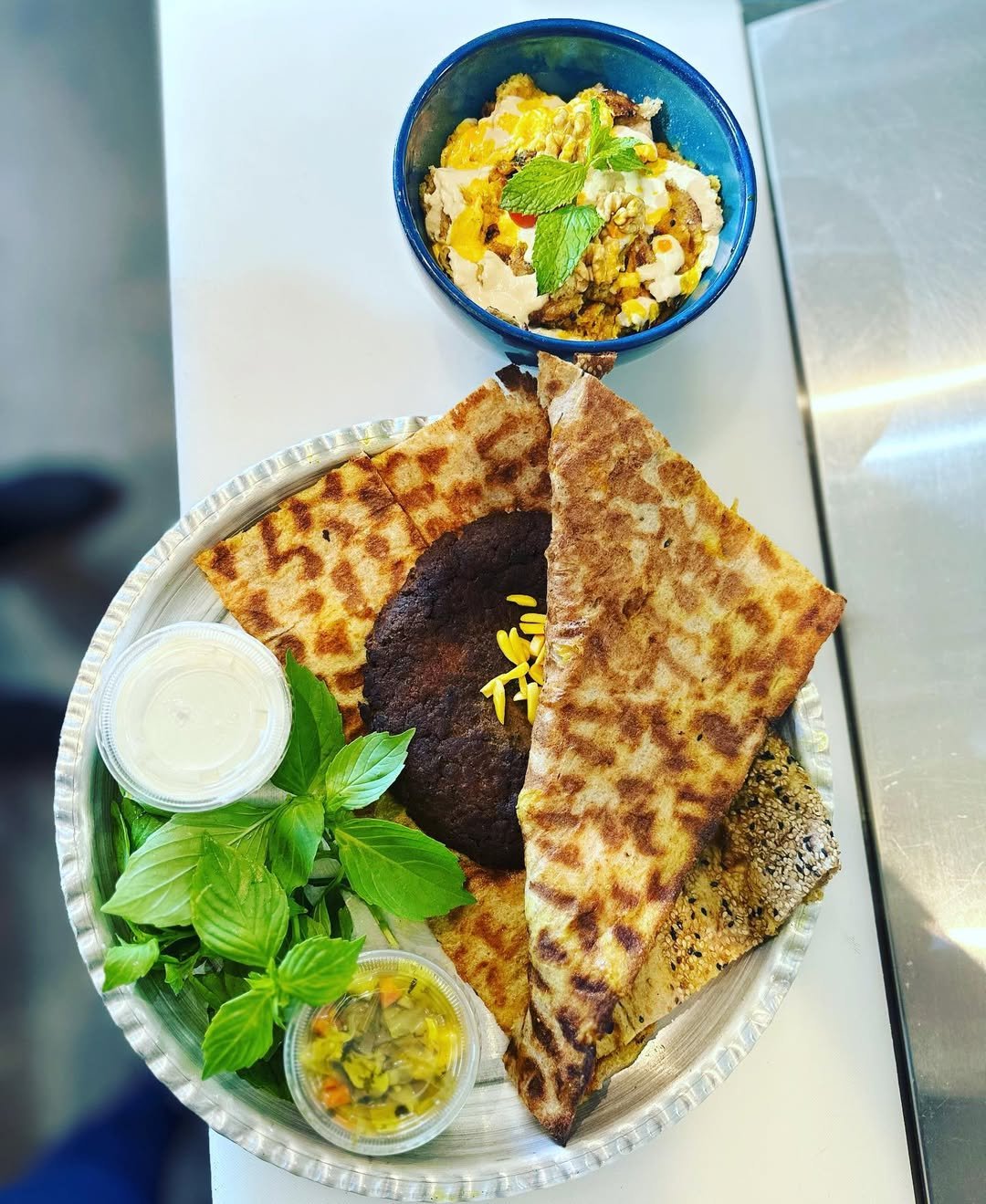
For a true taste of Isfahan’s culinary heritage, head to Azam Beryani, a restaurant dedicated to the city’s famous dish—Beryani. This local specialty features minced mutton or lamb, grilled to perfection over a wood fire and served with warm, freshly baked taftoon bread. Pair it with a glass of Dugh, a refreshing yogurt drink with dried mint, and you’ve got yourself an unforgettable meal. Azam Beryani has two branches—one near the river and another further north—so you’ve got options depending on where you’re exploring.
Cheshmandaz
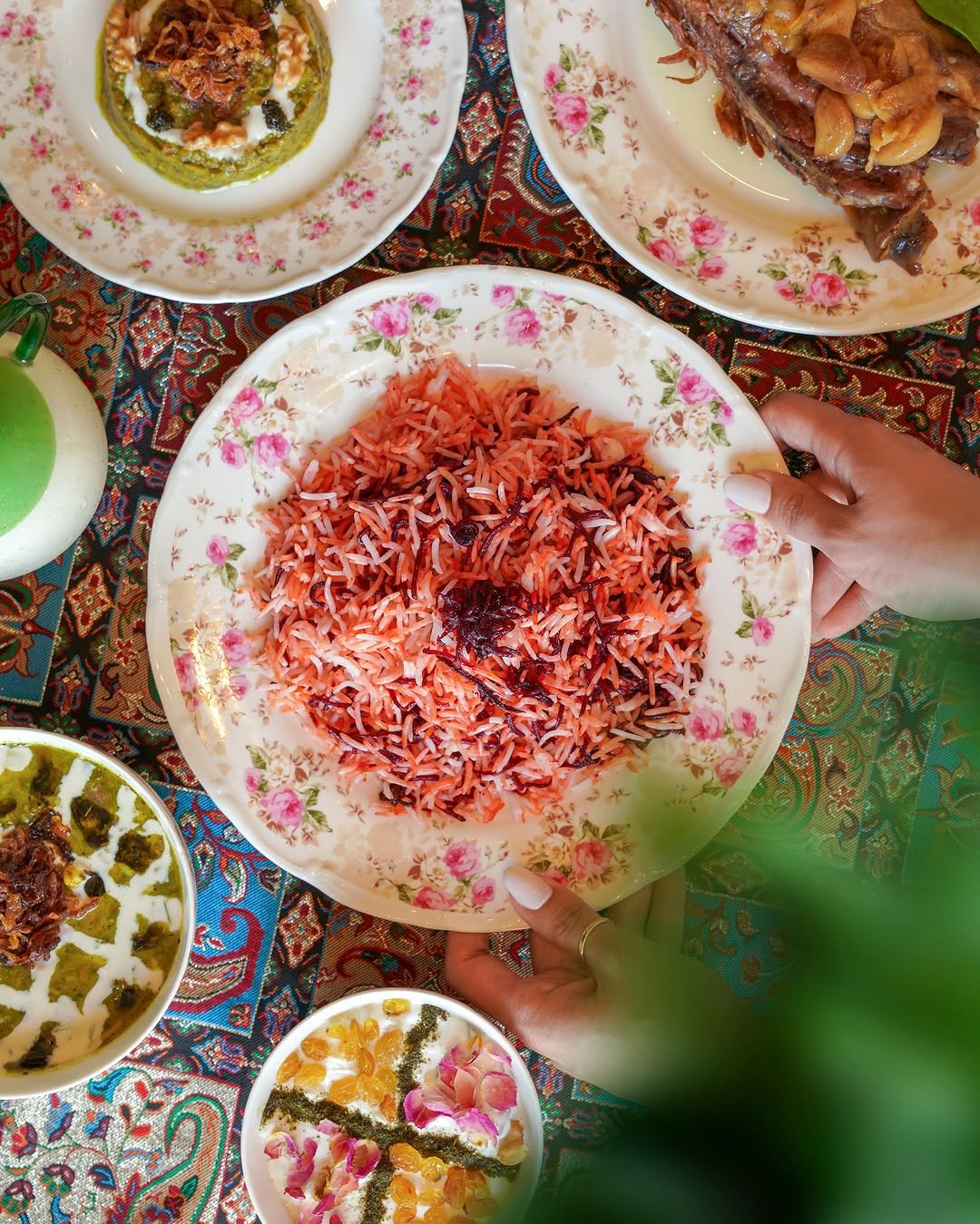
Located within the historic Abbasi Hotel—a beautifully preserved 17th-century caravanserai—Cheshmandaz offers more than just a meal; it’s an experience. The hotel boasts a range of restaurants serving everything from traditional Iranian fare to French and American dishes, offering a bit of variety for your palate. Head to the rooftop terrace on the top floor to dine with a stunning view of Imam Square and the surrounding mountains. It’s the perfect spot to wrap up a day of exploring Isfahan.
Discover Isfahan: When to Go?
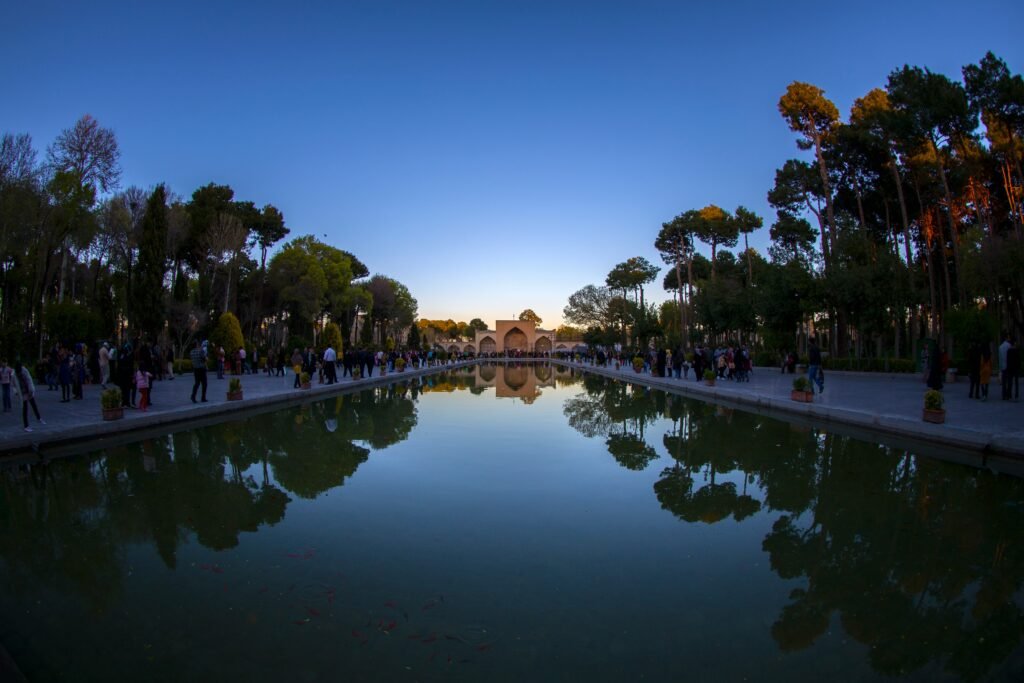
Wondering when to visit Isfahan to make the most of its beauty and charm? The best time to explore the city is during the dry season in spring, from March to June. During this period, temperatures are mild across the region, making it perfect for sightseeing and outdoor activities.
If you’re sensitive to heat, it’s best to avoid the summer months (July and August), when temperatures can soar up to 50°C (122°F), making it uncomfortable for travel. On the other hand, winter (November to March) can be quite harsh, with cold temperatures and frequent snowfall, particularly in central and southern parts of the country.
For the most pleasant weather and to fully enjoy Isfahan’s treasures, plan your visit in spring—when the city is alive with vibrant colors and a refreshing atmosphere.

